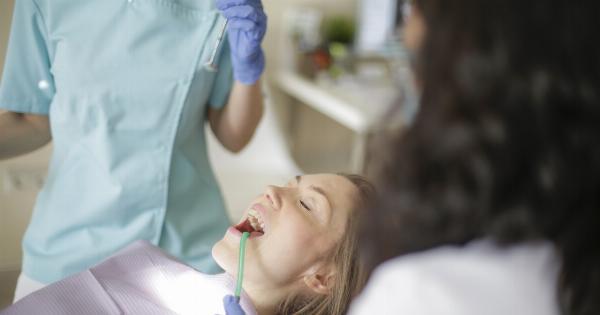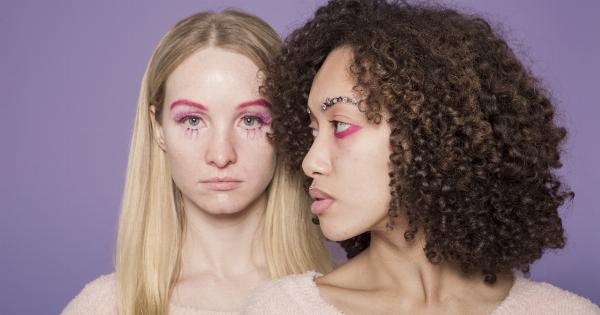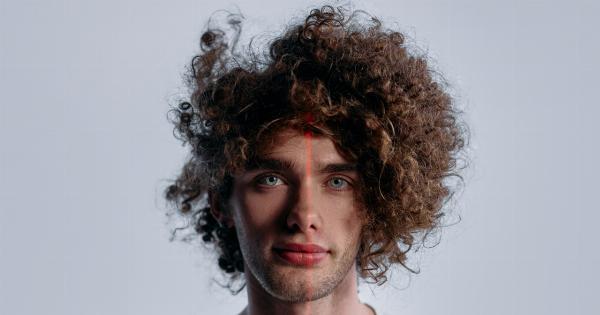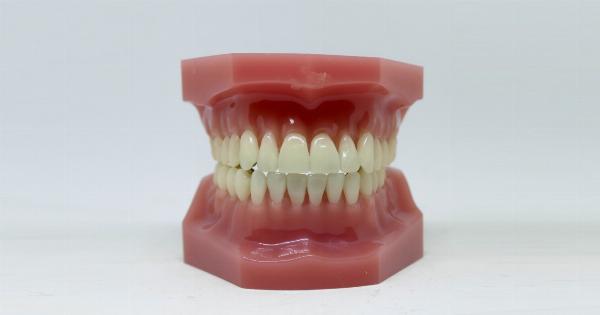When it comes to beauty treatments, many people go to great lengths to enhance their appearance. From facials and massages to hair styling and nail treatments, there are numerous options available in the beauty industry.
However, it is important to be aware that certain beauty treatments can pose risks to your health. While these treatments may promise instant results and a boost in confidence, they may also come with potential side effects and health hazards.
In this article, we will explore some popular beauty treatments that can have adverse effects on your well-being.
Spray Tanning
Spray tanning is a popular alternative to natural tanning and sunbathing. It involves applying a fine mist of chemicals on the skin to achieve a sun-kissed look without exposure to harmful UV rays.
While spray tanning is generally considered safe, certain risks are associated with the chemicals used in these products. Some individuals may experience allergic reactions or skin irritation. Additionally, inhaling the spray mist can cause respiratory problems or eye irritation.
Laser Hair Removal
Laser hair removal is a popular method for achieving long-term hair reduction. It involves using laser technology to target and destroy the hair follicles. While it is generally safe and effective, there are potential risks to consider.
Laser hair removal can cause skin burns, blistering, and pigmentation changes. Individuals with certain skin types or conditions, such as dark skin or active infections, may be more prone to these risks. It is important to undergo this treatment under the guidance of a trained professional.
Chemical Peels
Chemical peels are used to improve the appearance of the skin by removing the outer layer, revealing smoother and younger-looking skin. They are often used to treat acne scars, fine lines, and wrinkles.
However, chemical peels can cause adverse reactions, including skin redness, burning, and peeling. In some cases, allergic reactions or infections may also occur. It is crucial to choose a professional with experience in performing chemical peels and follow proper aftercare instructions to minimize the risks.
Tattooing
Tattooing is a popular form of body art, but it can also pose risks to your health. While professional tattoo studios generally maintain high standards of hygiene, there is still a risk of infections and allergic reactions.
Poorly sterilized equipment or contaminated ink can lead to serious infections such as hepatitis or staph infections. Additionally, some people may develop allergic reactions to tattoo ink, causing rashes, itching, or swelling. It is important to choose a reputable tattoo artist and ensure they follow proper sanitation practices.
Hair Extensions
Hair extensions are a popular way to add length or volume to natural hair. They can be applied through various methods, such as tape-in, fusion, or clip-ins.
However, hair extensions can cause damage to your natural hair if not applied or cared for properly. The weight of the extensions can strain the roots, leading to hair breakage or traction alopecia. Improper application or maintenance can also result in scalp infections or allergies.
It is essential to consult with a professional hairdresser who specializes in extensions and follow the recommended care instructions.
UV Nail Lamps
UV nail lamps are commonly used in nail salons to cure gel nail polish. These lamps emit ultraviolet radiation to dry and harden the polish quickly.
While the exposure is relatively low, frequent use of UV nail lamps can increase the risk of skin damage and potentially contribute to the development of skin cancer. To minimize the risks, it is recommended to apply broad-spectrum sunscreen on your hands before using the lamp or opt for safer alternatives such as LED lamps.
Botox and Dermal Fillers
Botox and dermal fillers are popular injectable treatments used to reduce wrinkles, fine lines, and enhance facial features. While these treatments can provide temporary results, there are risks associated with them.
Improper injection techniques can lead to infections, asymmetry, or nerve damage. Allergic reactions to the substances used in these treatments are also possible. It is crucial to choose a qualified medical professional for these procedures and understand the potential risks involved.
Teeth Whitening
Teeth whitening treatments are sought after for achieving a brighter, more radiant smile. However, certain whitening methods can have risks associated with them.
Over-the-counter whitening kits or excessive use of whitening products can lead to tooth sensitivity, gum irritation, or even enamel damage. Professional teeth whitening procedures conducted in dental clinics generally have lower risks, as they are tailored to individual needs. It is essential to follow the instructions and recommendations provided by dental professionals.
Microblading
Microblading is a semi-permanent eyebrow tattooing technique that involves manually depositing pigment into the skin to create fuller-looking eyebrows. Although microblading can offer long-lasting results, it is not without risks.
Infections, allergic reactions, or scarring can occur if proper hygiene practices are not followed during the procedure. It is important to choose a skilled and experienced microblading artist who works in a clean and sterile environment.
Liposuction
Liposuction is a surgical procedure used to remove excess fat from specific areas of the body. While it can help contour the body, it is a major surgical procedure that carries risks.
Complications can include infection, bleeding, scarring, asymmetry, or even damage to organs or nerves. It is crucial to consult with a board-certified plastic surgeon and thoroughly discuss the potential risks and benefits before undergoing liposuction.
Conclusion
While beauty treatments can enhance our appearance and boost our confidence, it is important to be aware of the potential risks they can pose to our health.
From allergic reactions and infections to burns and scarring, these risks can vary depending on the treatment and individual factors. To minimize these risks, it is essential to choose reputable professionals, follow proper aftercare instructions, and have a thorough understanding of the potential side effects.
Prioritizing your health and well-being is key when engaging in beauty treatments.






























